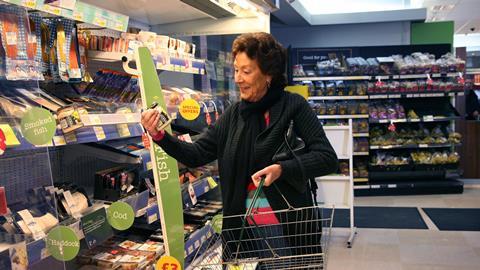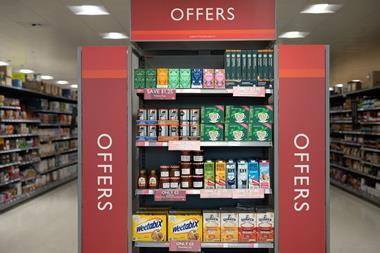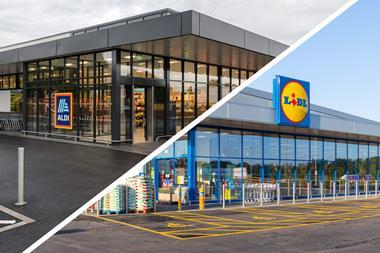The pricing and promotion tactics deployed by supermarkets are once again in the spotlight.
This week, the Competition & Markets Authority revealed the launch of a new review into unit pricing, following concerns from consumer group Which?.
You’d be forgiven for having a sense of déjà vu. Which? was the driving force behind the original super-complaint into dishonest pricing practices in 2015. At the time, regulators argued unit pricing needed more clarity. This latest programme of work will cover the same ground – essentially looking to ascertain whether enough progress has been made since then.
It’s understandable Which? has chosen now to raise its concerns. As it points out, the cost of living crisis is squeezing family budgets and food prices are rising at a steep rate. So it’s more important than ever that shoppers are able to spot the best value deals.
And its concerns are not without legitimacy. Shelf labelling can be confusing, particularly when it comes inconsistencies in how unit prices are displayed.
Which? highlighted a widspread failure to specify unit prices on discounted ‘yellow label’ items, and confusion around fresh items – for example, some tomatoes were priced per kg while others were priced per tomato. It also drew particular attention to the lack of unit pricing in Tesco’s Clubcard Prices.
At the same time, some examples are hardly revolutionary. For example, crisps are cheaper when bought in bigger packs. A single 45g pack of Walkers crisps is around 231% pricier per 100g than a 175g sharing bag in Asda, it highlights. The size of the difference may raise eyebrows, but the principle of bulk buying won’t.
Multibuys are another area of contention. These form a crucial part of the Which? complaint – and again, the consumer body raises some legitimate points about the confusing nature of some deals. It quizzed shoppers on a range of real-life soft drink deals in supermarkets. As many as 72% couldn’t spot the cheapest by volume.
But at the time, the complaint neglects to acknowledge the steady move away from promotions and towards everyday low prices, as the supermarkets look to go toe to toe with the discounters.
The data backs up this move. The number of products sold on promotion at the mults between August 2022 and the start of the year fell by nearly six percentage points, compared with the same period in 2019, shows Kantar data.
This emphasis on everyday low pricing shows no sign of slowing down. Since the start of the year, we’ve seen a host of new price lock campaigns from Tesco, Sainsbury’s, Morrisons and M&S.
What’s more, further curbs on promotions are yet to come, thanks to the final tranche of HFSS legislation. If all goes as planned, retailers will be banned from running volume deals on HFSS products from October.
All of the above considered, it’s unlikely the CMA’s review will result in significant legal change.
So says Mark Jones, food and drink lawyer and partner at Gordons LLP. “We have to bear in mind that when the CMA looked at promotional pricing in 2015, after Which? complained, it looked at how 150,000 products were priced. It found only 800 (0.5%) of prices were ‘potentially misleading’. Those stats do not generate the need for a change in the law and I do not think there will be one.”
The more likely outcome is a “greater degree of consistency from retailers when they price goods in units”, he says.
As for multibuys, these are likely to continue dropping regardless of CMA involvement. In this case, the consumer move to the discounters could be more powerful than any regulatory threat.
















No comments yet